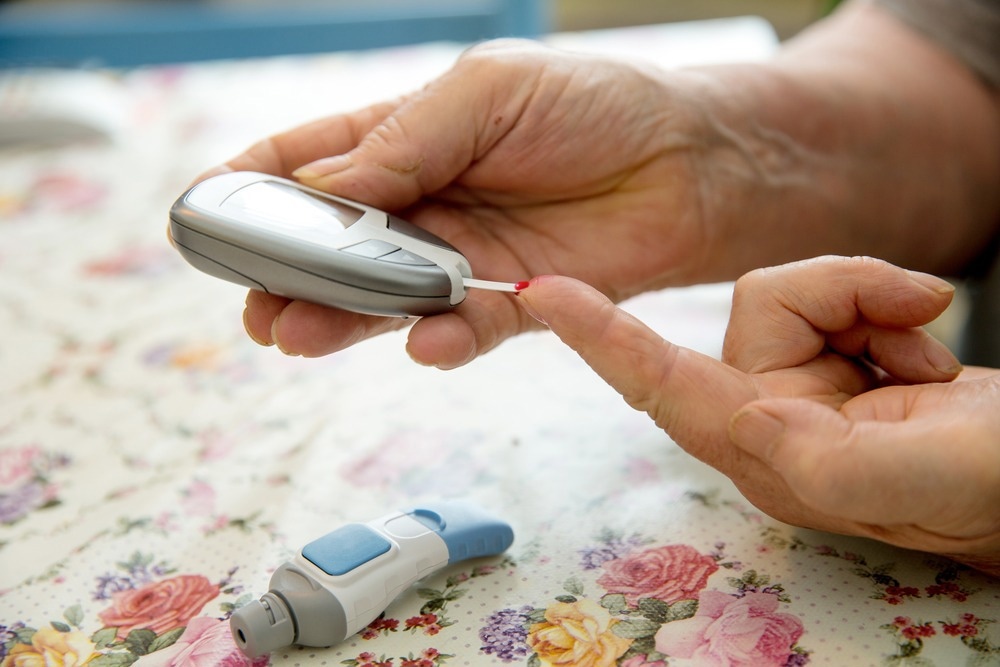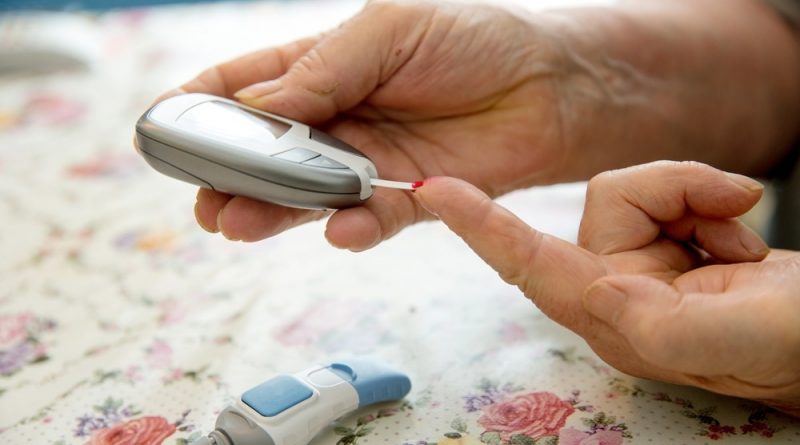New hope for hispanic type 2 diabetes patients: pharmacist intervention cuts A1c levels
In a recent study published in the journal JAMA Network Open, researchers examined whether pharmacist-led interventions improved adherence to medications and guideline-concordant care based on changes in hemoglobin A1C (HbA1C) levels and systolic blood pressure among Hispanic type 2 diabetes patients.

Background
Research indicates that the risk of retinopathy, end-stage kidney disease, and amputations of the lower extremities is higher among type 2 diabetes patients of Hispanic origin than White individuals of non-Hispanic origin. Lower adherence to medications and lower treatment intensification levels are believed to contribute to this disparity in the risk of severe type 2 diabetes outcomes in Hispanic individuals.
Pharmacist-led interventions, a system where clinical pharmacists play a role in helping patients with self-management and improving care quality, that was established in federal health centers were found to be beneficial, especially among Hispanic patients.
The UCMyRx initiative was set up by the University of California, Los Angeles (UCLA) in 38 primary care clinics and involves clinical pharmacists trained in primary care practices and motivational interviewing, helping primary care physicians manage patients.
However, much of the evidence on the benefits of these interventions led by pharmacists comes from observational studies, and there is a need to understand better the association between such interventions and improvements in HBA1C and systolic blood pressure in type 2 diabetes patients of Hispanic ethnicity.
About the study
In the present study, the researchers focused on the area serviced by the Ronald Reagan UCLA Medical Center, which comprises 18 communities or cities within Los Angeles County in California. Approximately 16.5% of the population within this area are Hispanic.
For this study, the researchers obtained the electronic health records of all participants in the usual care and exposure groups, which provided data on demographic factors, medical encounter types, vital signs, diagnoses, results from laboratory tests, prescribed medications, and variables related to health insurance coverage.
The exposure group consisted of adults above 18, of Hispanic ethnicity, with type 2 diabetes diagnosed according to the International Statistical Classification of Diseases Tenth Revision (ICD-10) codes, who had visited a UMyRx clinic in person at least once during the study period.
For the HbA1C analysis, the exposure group was limited to individuals whose HbA1C concentration was 8% or more in the year leading up to and two weeks after the UMyRx clinic visit and who had measured their HbA1C levels within four months to a year after the clinic visit.
The exposure group for the systolic blood pressure analysis was similarly restricted to individuals with a systolic blood pressure of 140 mm Hg or more before the clinic visit and subsequent measurement of systolic blood pressure in the following four to 12 months. The primary measured outcomes were index changes in the levels of HbA1C and systolic blood pressure pre- and post-UMyRx clinic visits.
Automated blood pressure cuffs were used to measure the systolic blood pressure, while high-performance liquid chromatography measured the HbA1C concentrations. Propensity score matching was used to select a comparable cohort of usual care patients.
Results
The results indicated that pharmacist-led interventions significantly improved HbA1C concentrations but not systolic blood pressure values among type 2 diabetes patients of Hispanic ethnicity.
The study reported that even one face-to-face interaction with a clinical pharmacist at the UMyRx clinic was associated with decreases in HbA1C levels that were statistically significant. However, the systolic blood pressure analysis did not report similar improvements.
The sensitivity analysis indicated that the reductions in HbA1C levels linked to interactions with the clinical pharmacist were largely associated with patients who preferred interactions in the English language. These patients were also mostly younger, with private health insurance, and lower scores on the diabetes severity and Charlson comorbidity indices.
The finding that the association between UMyRx clinic visits and improvements in HbA1C levels were not significantly different across White and Hispanic type 2 diabetes patients indicated that pharmacist-led interventions might be beneficial for all patients, irrespective of ethnicity.
An internal review of the patients visiting the UMyRx clinics also revealed that the change in HbA1C levels was brought about by addressing issues such as inaccurate medication lists, patients not following the medication directions, and non-adherence due to factors such as adverse effects, financial concerns, memory issues, and misbeliefs regarding medications or the condition.
Conclusions
Overall, the results reported that pharmacist-led interventions, where clinical pharmacists worked closely in the primary care setting to help improve medication adherence and self-management, significantly improved the HbA1C levels of type 2 diabetes patients irrespective of ethnicity. However, similar results were not observed for measurements of systolic blood pressure.
- Danae, K., Moreno, G., Bell, D. S., Chen, L., Tseng, C., Follett, R. W., Skootsky, S., & Mangione, C. M. (2023). Pharmacist-Led Diabetes Control Intervention and Health Outcomes in Hispanic Patients With Diabetes. JAMA Network Open, 6(9), e2335409–e2335409. doi:https://doi.org/10.1001/jamanetworkopen.2023.35409 https://jamanetwork.com/journals/jamanetworkopen/fullarticle/2809956
Posted in: Medical Science News | Medical Research News | Disease/Infection News
Tags: Amputations, Blood, Blood Pressure, Chromatography, Diabetes, HbA1c, Health Insurance, Hemoglobin, Kidney, Kidney Disease, Laboratory, Language, Liquid Chromatography, Medication Adherence, Pharmacist, Primary Care, Research, Retinopathy, Type 2 Diabetes
.jpg)
Written by
Dr. Chinta Sidharthan
Chinta Sidharthan is a writer based in Bangalore, India. Her academic background is in evolutionary biology and genetics, and she has extensive experience in scientific research, teaching, science writing, and herpetology. Chinta holds a Ph.D. in evolutionary biology from the Indian Institute of Science and is passionate about science education, writing, animals, wildlife, and conservation. For her doctoral research, she explored the origins and diversification of blindsnakes in India, as a part of which she did extensive fieldwork in the jungles of southern India. She has received the Canadian Governor General’s bronze medal and Bangalore University gold medal for academic excellence and published her research in high-impact journals.



